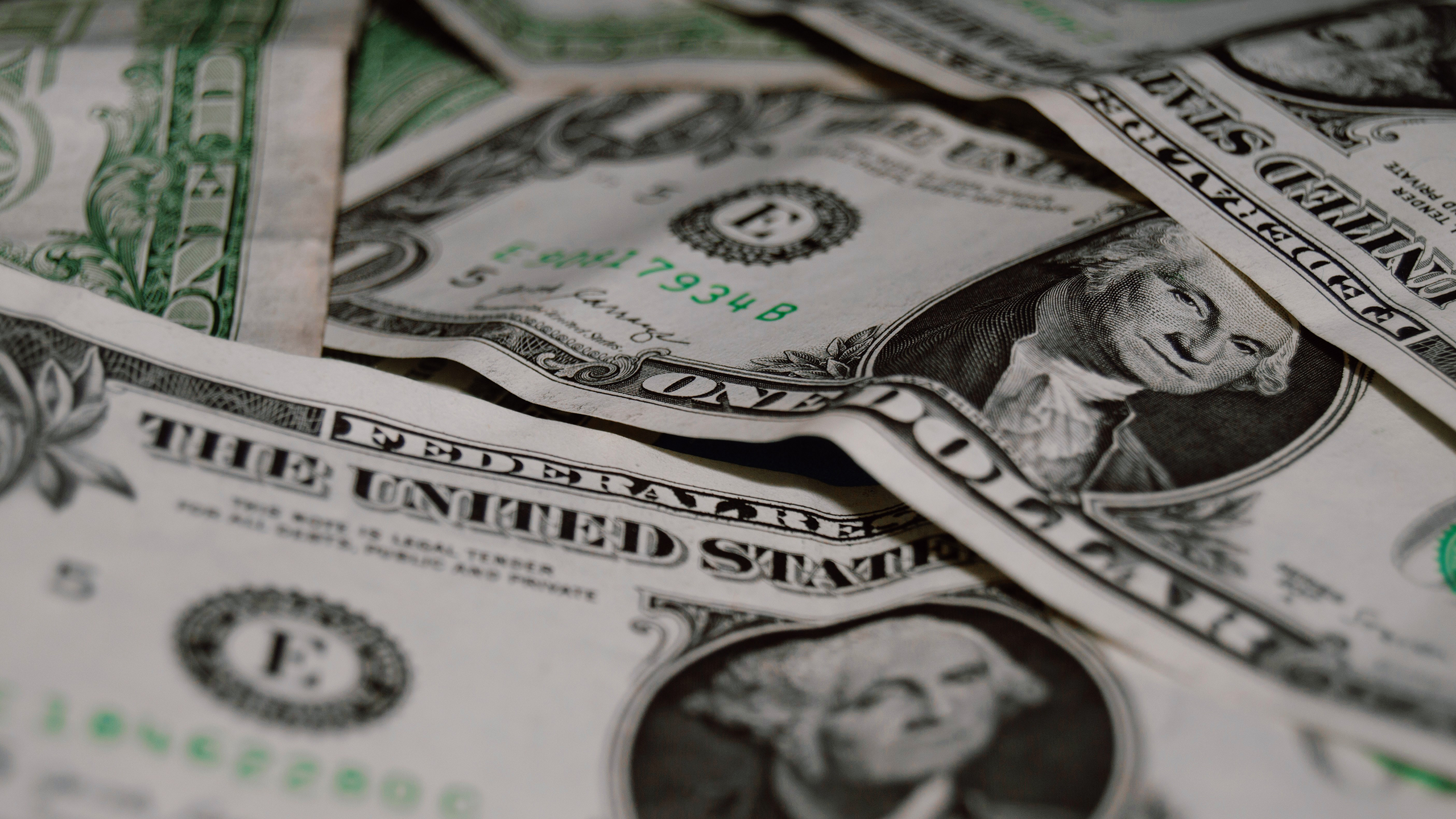Wall Street Braces for More Investors Dissing Dollar
The dollar decline comes just as a couple of other key US economic indicators have begun blinking red, too.

Sign up for smart news, insights, and analysis on the biggest financial stories of the day.
While we can’t say there’s ever a bad time for a two-week summer sojourn to Palermo, there certainly have been better times than now.
That’s because the US dollar is on a downward slide to its lowest point in roughly three years. While not necessarily a bad thing (unless you’re looking for cheap arancini and bottles of the house cabernet sauvignon), the dip comes just as a couple of other key US economic indicators have begun blinking red, too. And, according to most experts, it’s just the beginning of a protracted dollar decline.
No, Mr. Bond (Market), I Expect You to Crack
While cooling trade tensions have fueled something of a market rebound recently, the rising tide has excluded the US dollar — which fell about 0.6% against a basket of trading partners on Monday to land near the three-year low point it hit in the immediate aftermath of “Liberation Day” tariff announcements in April. According to analysts at Morgan Stanley, the dollar could decline by another 9% by this time next year, reaching depths not seen since the early days of the pandemic, as investors continue to rotate out of US assets.
Along those lines: US Treasurys are in an epic slump of their own while a new GOP spending bill — which the nonpartisan Congressional Budget Office says will add a net $2.3 trillion to federal budget deficits over the next decade — works its way through Washington. Longer-term bonds have been hit the hardest:
- On Monday, the yield on the 30-year Treasury rose to nearly 5%, up from around 4% at the start of the year — and briefly even traded above the yield of the 20-year US bond, a rarity since the US Treasury re-introduced the 20-year bond in 2020.
- That comes after JPMorgan CEO Jamie Dimon warned of a coming “crack in the bond market” last Friday, though he said he is “not going to panic.” Also last week: Todd Sohn, senior ETF and technical strategist at Strategas Securities, told CNBC that “long duration just doesn’t work right now” and noted that long-term Treasurys have posted a negative performance since September, the worst such streak since the financial crisis.
Manufacturing Discontent: Of course, crimping the value of the dollar was (at least partially) one of the White House’s trade war goals — with the idea being that a weaker dollar could spur a revival in US manufacturing. While that might still come true, the most recent data suggests trade-warring has had the opposite effect. The Institute for Supply Management said Monday that its closely watched Purchasing Managers’ Index of manufacturing activity fell to 48.5 in May, extending its contraction for a third straight month. The report helped fuel the bond and dollar declines on Monday. Manufacturing inputs are likely to get more expensive, too, with futures tracking steel and aluminum prices spiking after the White House announced it would double tariffs on imports of the metals. Next up on the list of economic indicators? A May jobs report, due Friday, which could show whether labor is feeling the same drag as the manufacturing sector and could influence whether the Federal Reserve cuts interest rates at a meeting later this month. On second thought, Maybe now is a great time to escape reality and enjoy the soft sands of Sicilian beaches.











